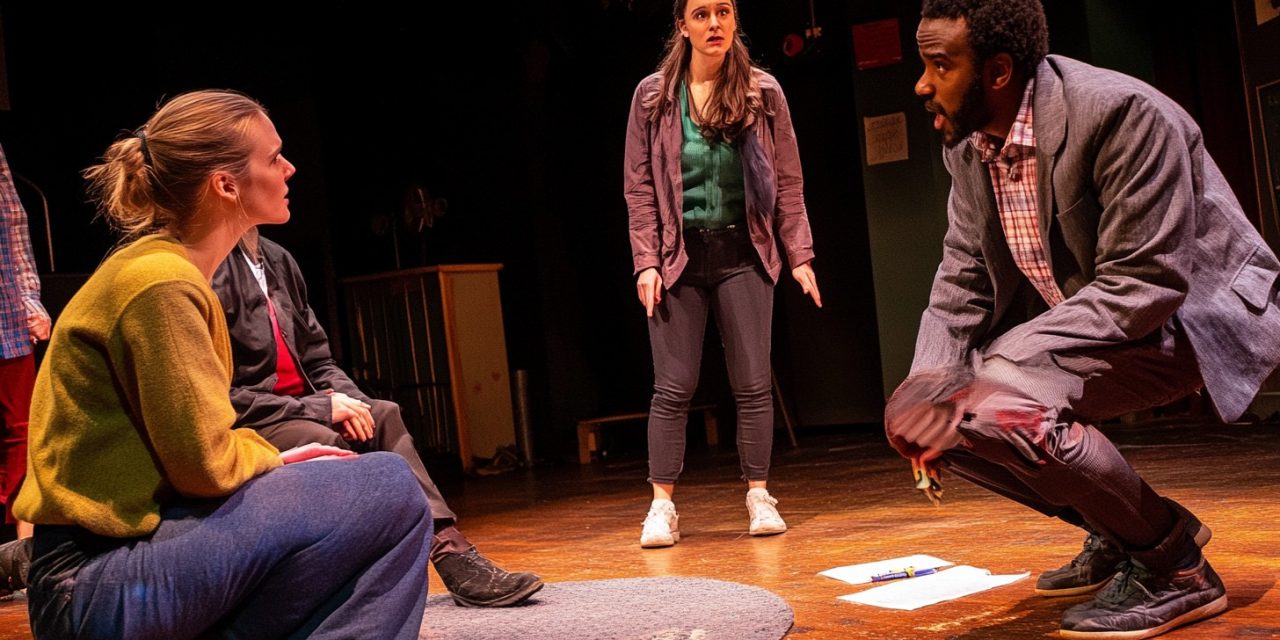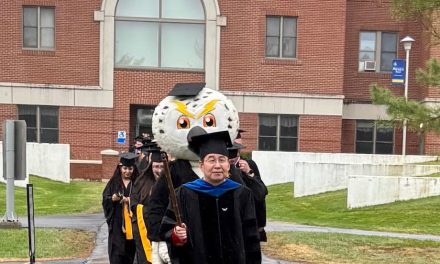by Rachael Knopf, YourPace Student Contributor
After a few years, dual strikes brought Hollywood to a halt, and the industry remained stalled, leaving thousands of TV and film workers in limbo. Despite signs of a slow recovery, many say the jobs they once relied on have vanished or been outsourced, with uncertainty becoming the new normal.
After a few years, dual strikes brought Hollywood to a halt, and the industry remained stalled, leaving thousands of TV and film workers in limbo. Despite signs of a slow recovery, many say the jobs they once relied on have vanished or been outsourced, with uncertainty becoming the new normal.
“It’s rough out there,” said Maria Marsili, a veteran production manager who was recently laidoff. “Most people I know aren’t working right now.”
The slowdown has left its mark on both coasts and smaller markets in between. Pooneh Zandazma, a Los Angeles-based challenge producer, described the current job market as “nonexistent.”
“There’s no incentive to shoot here anymore,” she said. “Why would you shoot in the U.S. when Labor and production costs are so much cheaper overseas?”
The trend toward outsourcing isn’t new, but it has accelerated amid streaming slowdowns, studio mergers, and rising use of AI. Workers say production dollars that once fueled the U.S. economy are now being redirected.
The economy is now flowing elsewhere. Local vendors, from costume houses to prop shops, all have closed their doors in droves since the pandemic.
“It’s not just the cast and crew,” Zandazma said. “It’s the caterers, the prop houses, the city workers issuing permits. Entire ecosystems are affected when production stops.”
For Austin-based filmmaker Katie Graham, the outlook is equally uncertain. “Local production seems down. People are nervous,” she said, adding that a proposed 15% cut to PBS’s budget could put her current job at risk.
Graham, who produces digital content for PBS and has directed independent films, said she sees friends quietly exiting the business.
“It just brings up the question of, what is art at this point? Is it sustainable to make indie films anymore?”
A growing concern is the intersection of AI and virtual production. While some see it as a tool, others fear it may hasten the erosion of creative jobs.
“They want a lot more with a lot less,” said Zandazma, who recalled how prep time for reality shows has shrunk from months to weeks over the years.
Wages, too, remain a sore point. Although rates have ticked up for some roles, many freelancers report being asked to do the work of multiple crew members for the price of one.
“I see job posts asking for a coordinator, producer, and shooter in one,” Marsili said. “It’s wild.”
And while tax incentives in states like Texas and California offer some hope, skepticism lingers.
“It’s probably too little, too late,” Zandazma said. “The planet has shifted on its axis. LA doesn’t have the monopoly anymore.”
Still, a few glimmers remain. Marsili hopes that increased domestic incentives will bring production back. Graham wonders if audiences will tire of AI-generated content and return to human-made stories.
“We are humans,” she said. “We’re interested in humanity.”
Until then, the workers behind the camera wait, hope, and hustle—scrolling job boards, leaning on savings, and trying to stay in the game.
“Make it work ’til 26,” Zandazma joked. “Unless you enjoy struggling.”





